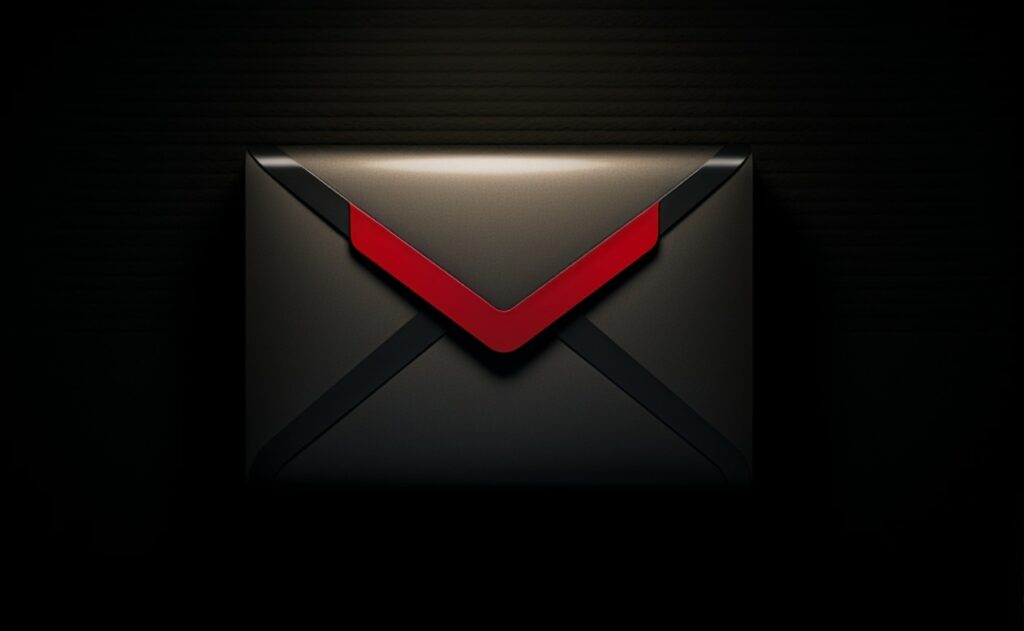
Google continues to actively develop Gmail, adding new features with elements of artificial intelligence to the email service. These updates make using email more convenient, but at the same time, they present users with a difficult choice between convenience and privacy. Another innovation concerns the fight against email and has already received much positive feedback. Gmail has an unsubscribe button, which allows you to stop receiving emails from annoying senders with a single click. But in practice, this is only a temporary measure, not a solution to the problem.
The fact is that most spam emails arrive not because you’ve subscribed to the mailing list, but because your address has been circulating in the databases of marketers and scammers for a long time. In this case, it’s much more effective not to press the button, but simply to start from scratch: creating a new inbox that no one knows about yet. Of course, changing addresses is a hassle, which is why Google is preparing a more practical alternative.
We’re talking about the Shielded Email feature, similar to Apple’s Hide My Email. It allows you to create temporary email addresses to use for signing up for services or filling out forms. Your real email address will remain hidden, and if spam starts arriving at the temporary one, simply deactivate it. This system essentially creates a new email address each time it’s needed, thus preventing unnecessary access to real email.
According to Android Authority, Shielded Email will be integrated into Google’s autofill system, which fills usernames and passwords on websites and apps. This means using temporary email addresses will be as easy as using saved data in Chrome or Android.
This solution seems much more promising than simply sorting by email frequency and automatically sending an unsubscribe request. Google admits that the current overload of newsletters in your inbox is the result of years of unnecessary subscriptions, store reminders, and newsletters from services no one has used for a long time. While Apple already offers the ability to create anonymous email addresses to protect against spam and preserve privacy, Gmail is only now preparing to implement the same feature.
Meanwhile, Gmail continues to experience other difficulties. The service was recently briefly interrupted due to a hardware failure, according to Google. The issue affected many users, but was resolved within an hour. Ironically, the outage temporarily freed them from spam, albeit in a less than elegant way, similar to what a clean new email address would do.
In this context, the idea that email itself is an obsolete technology is becoming increasingly clear. Its architecture has remained virtually unchanged for decades, and the system itself assumes that you give your address to anyone who requests it. This opens up a wide range of opportunities for spam, phishing, and leaks. Until a new way of digital communication emerges, the only effective way to protect yourself is to limit the distribution of your emails and use temporary addresses. Google, it seems, has finally decided to intervene in this situation.
Follow us on Google News to receive daily updates on cybersecurity. Contact us if you would like to report news, insights or content for publication.
